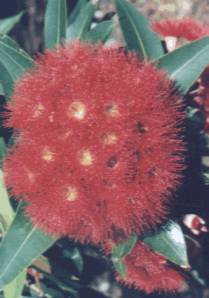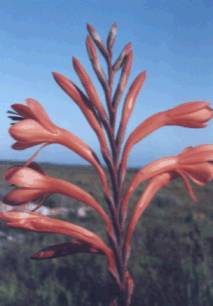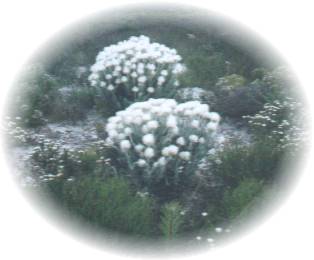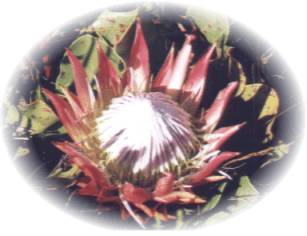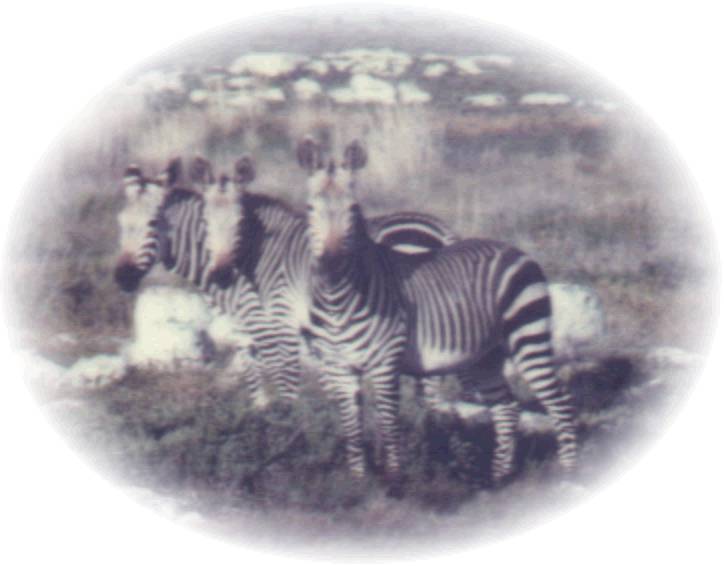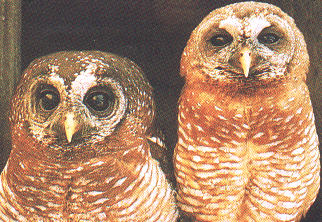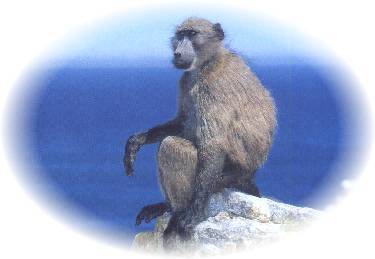|
|
|
Characteristic fynbos plants are proteas, ericas (heathers) and restios (reeds). |
|
Today
botanists - professional and amateur - from all parts of the world make regular visits to the Fynbos Floral Kingdom to marvel at the unique flora of the area. |
|
|
